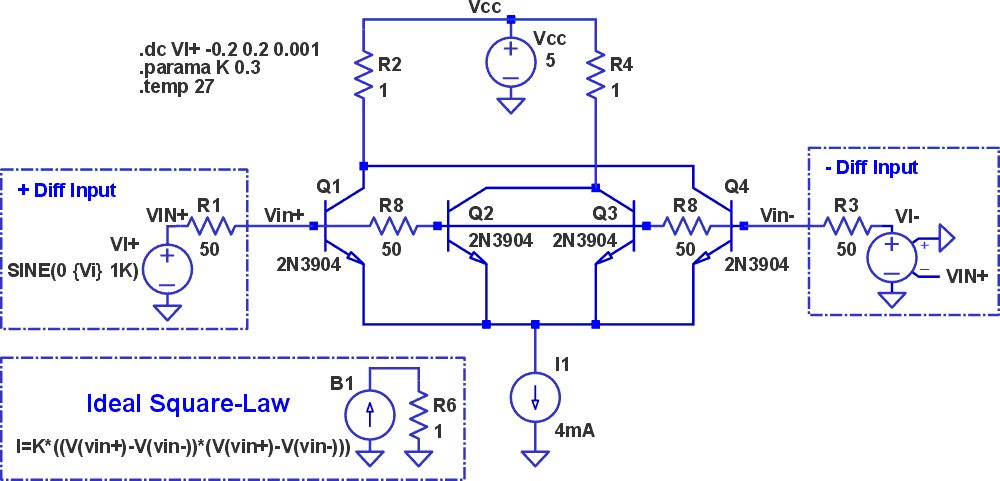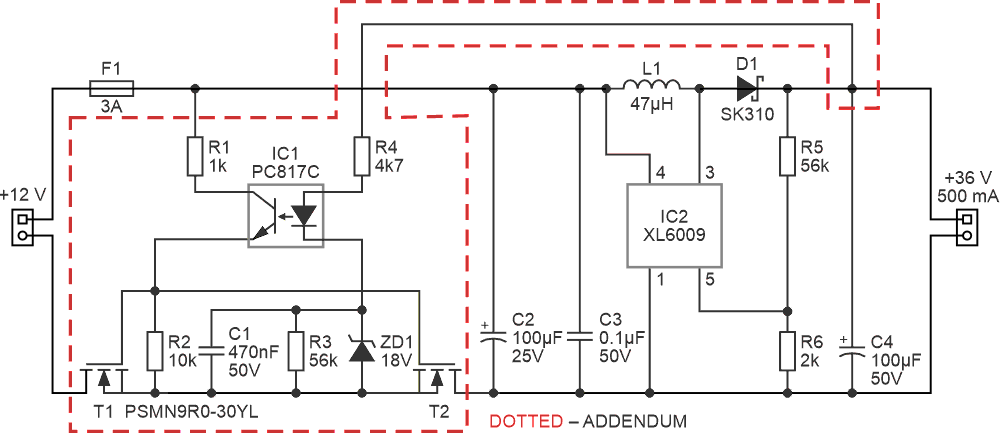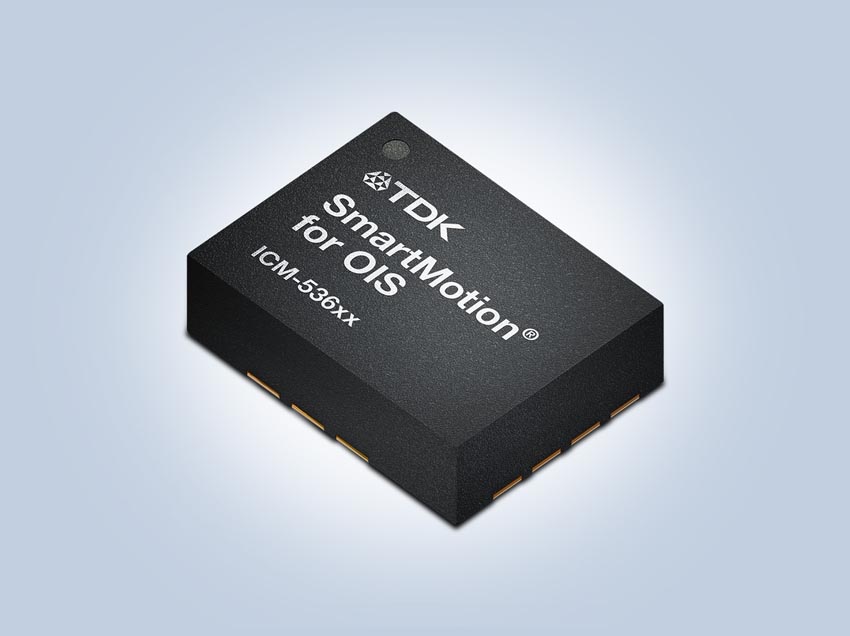Back on December 3, 2024, a Design Idea (DI) was published, “Single-supply single-ended inputs to pseudo class A/B differential output amp” (Ref. 1), which created some discussion about using the circuit as a full wave rectifier...
Articles and news - 9
Boost converters are non-isolated DC-DC converters that step up voltage. In some applications, users expect protection against reverse polarity, short circuits, and other anomalous conditions...
Even switch-mode power supplies with a fixed switching frequency do not always show a continuing pattern of pulses. In some conditions, pulses are omitted for various reasons...
Conventional astable oscillator circuits that use CMOS logic gates, bipolar transistors or low current op Amps, often require more current than necessary...
Design Idea contributors have recently explored various possibilities for ON/OFF power control using just a momentary contact “shiny modern push-button,” many of which build off of Nick Cornford’s “To press on or hold off? This does both”...
Several Design Ideashave employed the subject ICs to implement programmable current sources in an innovative manner. Figure shows the idea...
TDK Corporation announces availability of the new InvenSense SmartMotion ICM-536xx family of high-performance 6-axis IMUs to select customers, bringing high-performance optical image stabilization...
Isolated flyback converters usually evoke thoughts-or bitter memories-of custom transformers, slipped delivery schedules, and agency-approval problems. Off-the-shelf flyback transformers carry isolation ratings of only 300 to 500 V and rarely of as much as 1 kV...
Diodes Incorporated introduces four new automotive-compliant asynchronous buck converters for 48 V low-voltage rail point-of-load applications...
To generate high voltages with proper insulation between the “hot node” and the rest of the circuitry, a car ignition coil can function in place of a high-voltage transformer...









